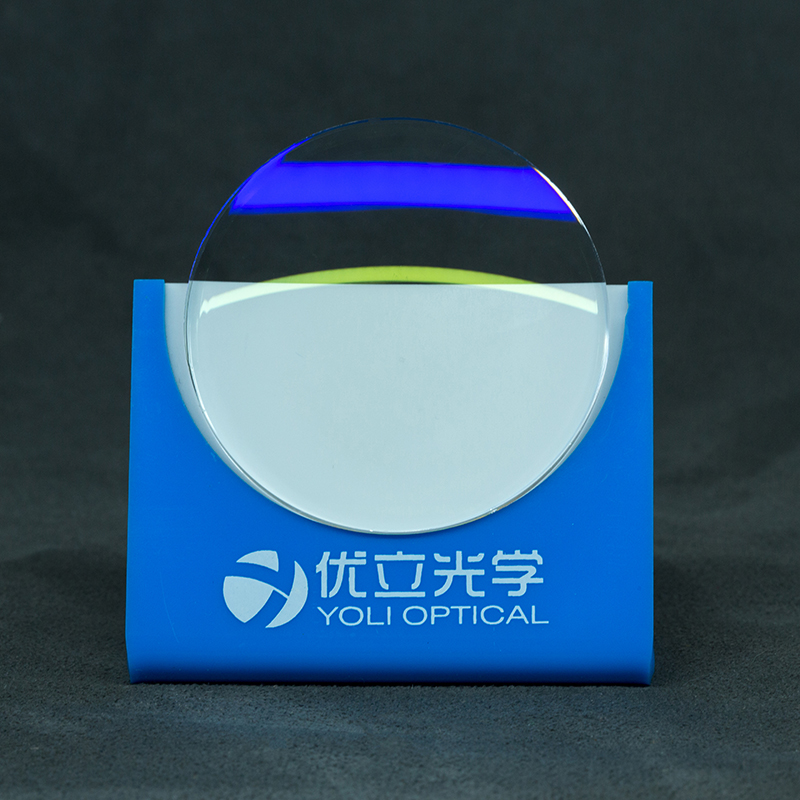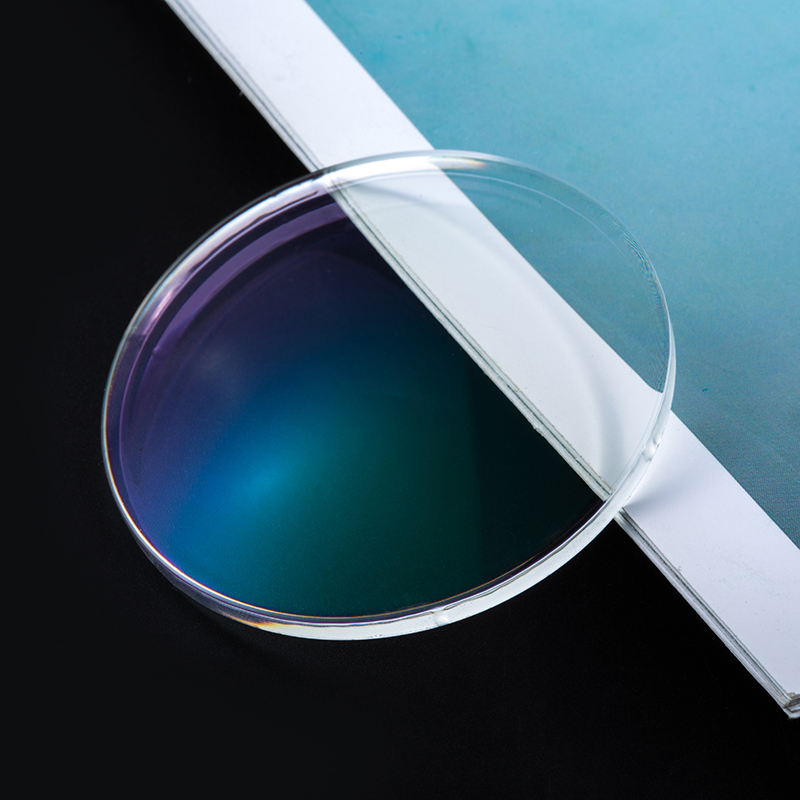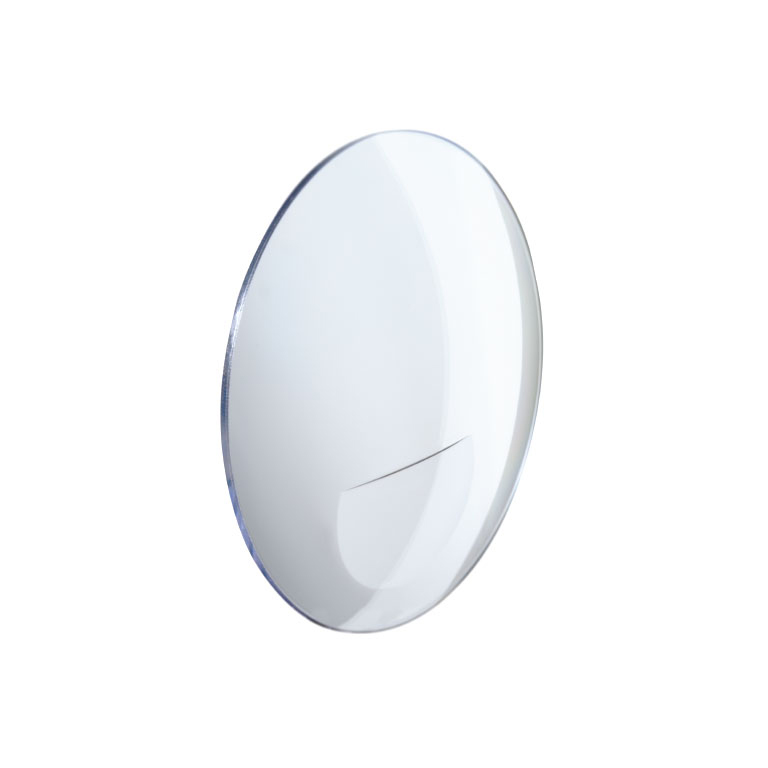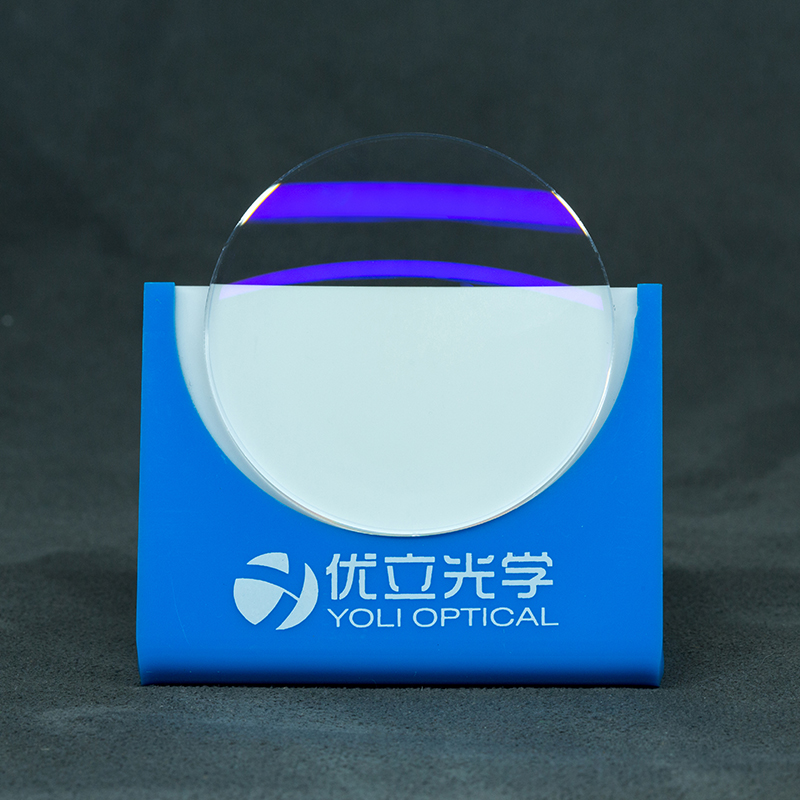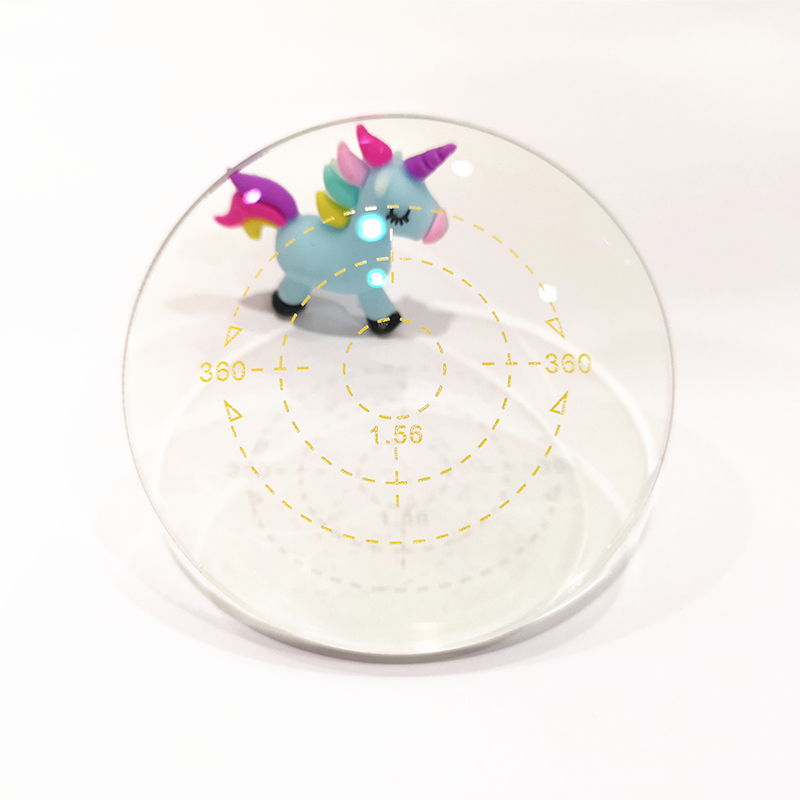
Wholesale 1.56 Blue Cut Optical Lens Manufacturers – 1.60 Optical Lenses Blocks Harmful Blue Light with AR – YOLI
Wholesale 1.56 Blue Cut Optical Lens Manufacturers – 1.60 Optical Lenses Blocks Harmful Blue Light with AR – YOLI Detail:
What is Blue Light?
Sunlight is made up of red, orange, yellow, green, blue, indigo and violet light. When combined, it becomes the white light we see. Each of these has a different energy and wavelength.
Rays on the red end have longer wavelengths and less energy. On the other end, blue rays have shorter wavelengths and more energy. Light that looks white can have a large blue component, which can expose the eye to a higher amount of wavelength from the blue end of the spectrum.

Blue Light – The ‘Good’ And The ‘Bad’
Blue light can be both beneficial and harmful to our eyes.
When exposed to it in the day, it helps to heighten our alertness, and improve our memory. When exposed at night, it disrupts our sleep pattern.
Blue light is made up of two parts – the ‘Good’ blue-turquoise, which wavelength ranges from 450 – 500 nm, and the ‘Bad’ blue-violet, which ranges from 380 – 440 nm.
Blue-turquoise light can be beneficial to our health. It regulates the circadian rhythm (our internal ‘body clock’), which controls our sleep-wake cycle, hence, it is essential for a restful night’s sleep.
The blue-turquoise light can also boost brain activity, improving memory, mood, alertness and mental performance.
As with UV rays, overexposure to Blue-Violet light can be harmful to the eyes. It can damage the retina, and potentially increases the risk of eye diseases such as age-related macular degeneration (AMD), cataracts and photokeratitis (sunburned cornea), which can lead to temporary blindness.
Studies have shown that exposure to bright blue-rich light during the day improves energy and alertness, boosts mood and also improve office workers’ productivity and students’ performance. Conversely, at night, the absence of blue-rich light can stimulate the production of Melatonin, which is a kind of hormones which helps to regulate our sleep-wake cycle. The production and release of melatonin help to slow down our metabolism.
This helps us to relax and have a good night sleep. In addition, the absence of blue light at night also trigger the body’s restorative processes such as cellular repair which is essential to sustain health and wellness.

Water Repellent
Due to its specially developed super-slippery composition, the coating is applied in an innovatively thin layer that is both hydro- and oleo-phobic.
Its perfect adherence to the top of the AR and HC coating stack results in a lens that is also effectively anti-smudge. That means no more hard-to-clean grease or water spots that interfere with visual acuity.

Anti-reflective Treatments (AR)
For fashion, comfort and clarity, anti-reflective treatments are the way to go.
They make the lens nearly invisible, and help cut glare from headlights, computer screens and harsh lighting.
AR can enhance the performance and appearance of just about any lenses!

Be prepared with these correct blue filter lenses

Product detail pictures:
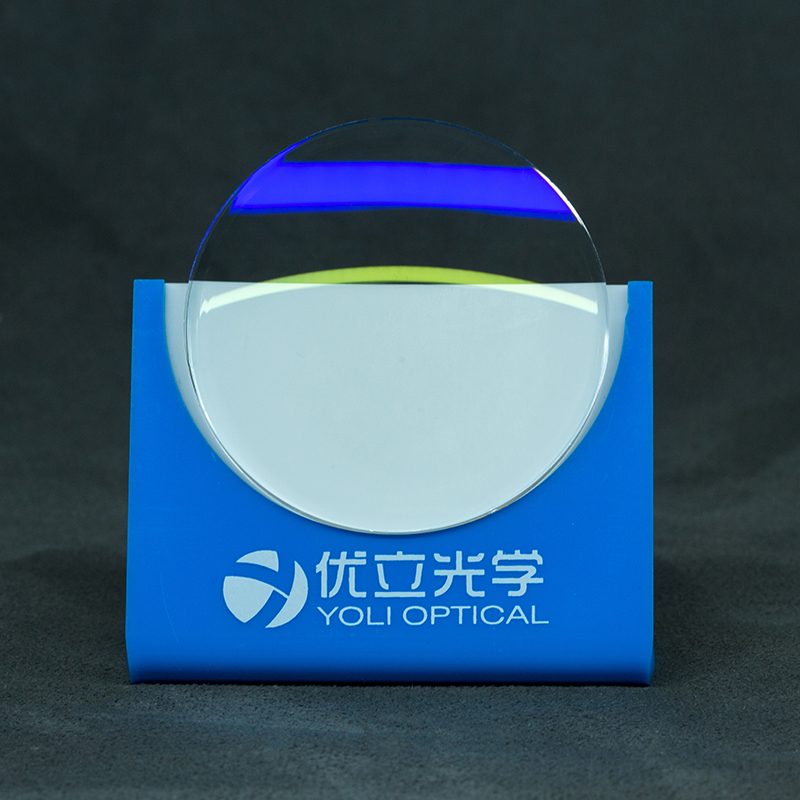
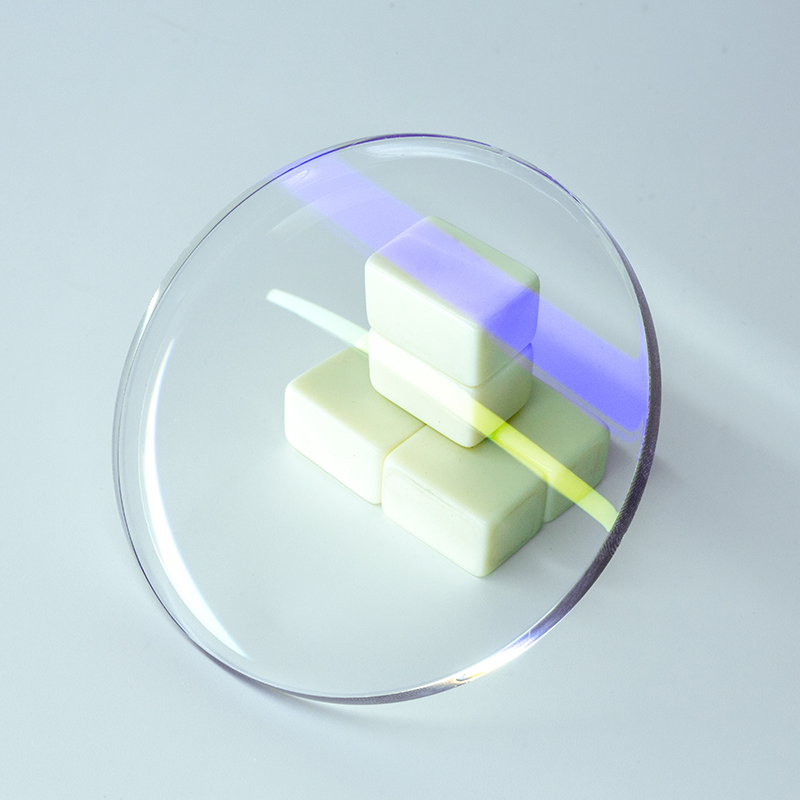

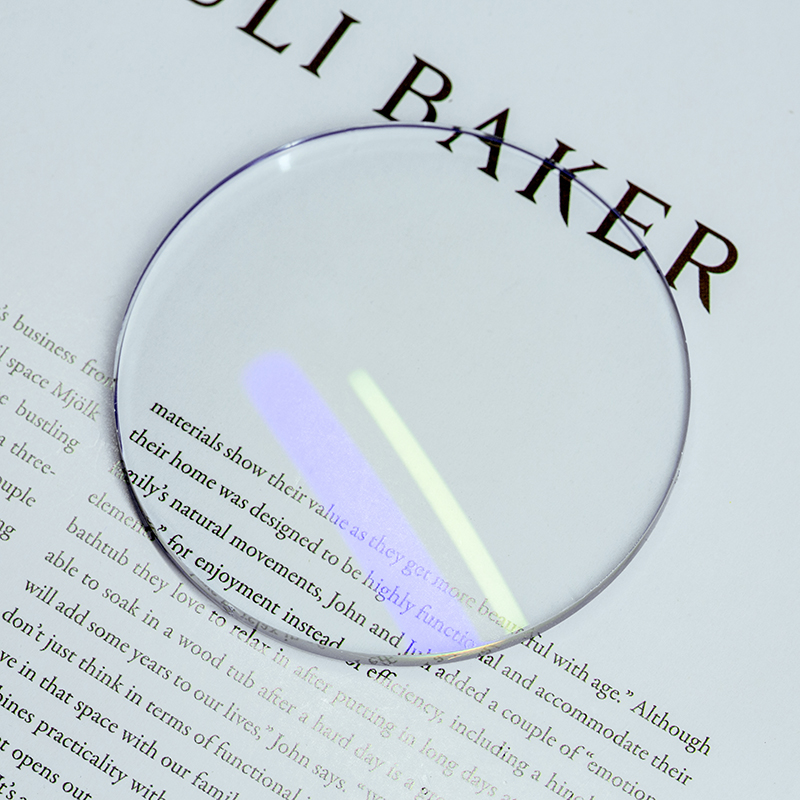
Related Product Guide:
owing to excellent assistance, a variety of high quality products and solutions, aggressive costs and efficient delivery, we take pleasure in an excellent popularity amongst our customers. We are an energetic business with wide market for Wholesale 1.56 Blue Cut Optical Lens Manufacturers – 1.60 Optical Lenses Blocks Harmful Blue Light with AR – YOLI , The product will supply to all over the world, such as: Portugal, Barcelona, Mexico, Being the top solutions of our factory, our solutions series have been tested and won us experienced authority certifications. For additional parameters and item list details, be sure to click the button to acquire additional nformation.
This is the first business after our company establish, products and services are very satisfying, we have a good start, we hope to cooperate continuous in the future!

